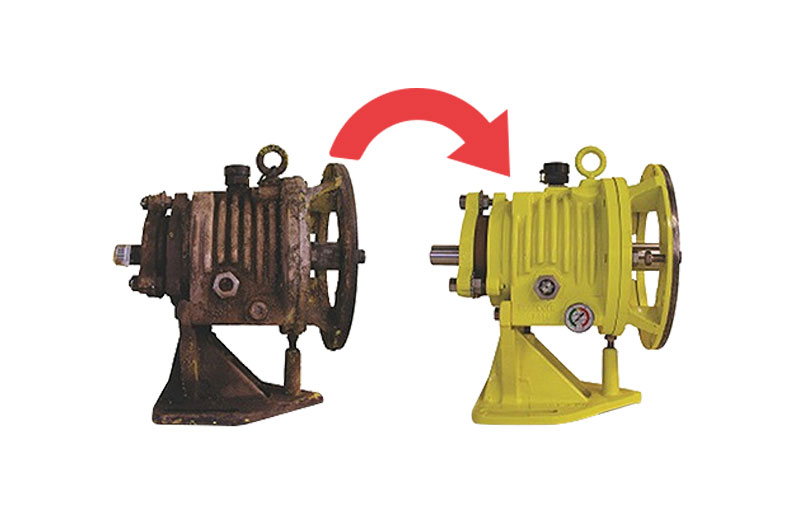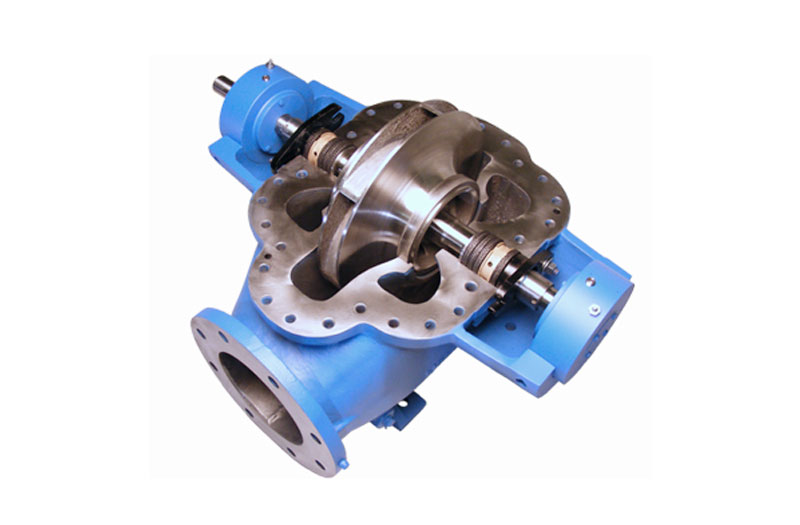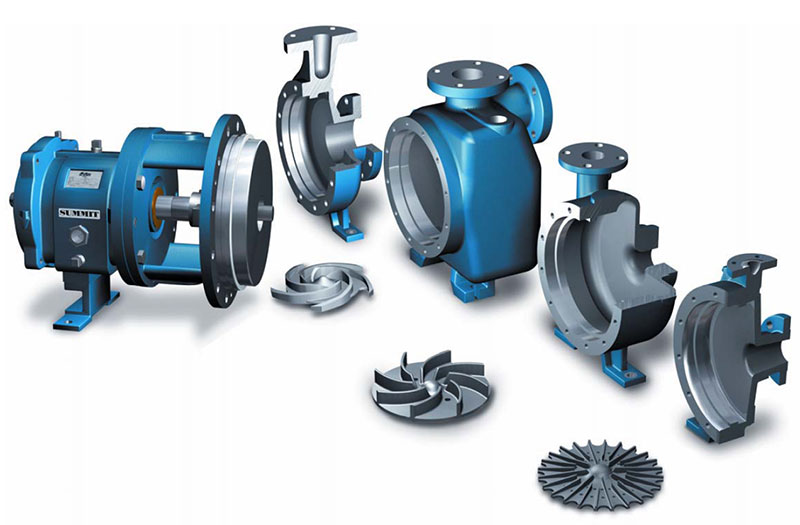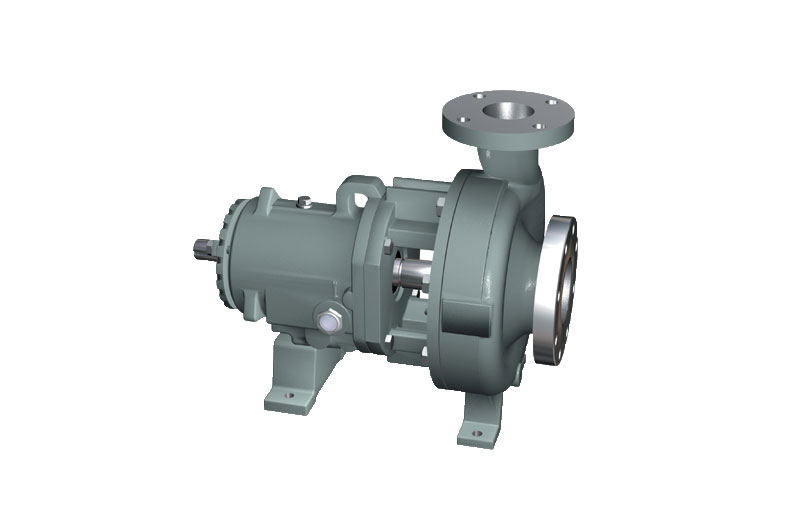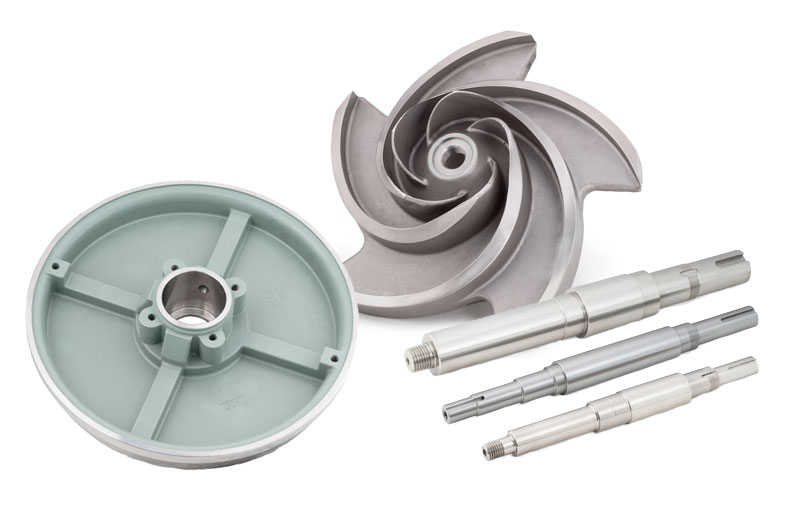Monthly Archives: December 2015
Chemical Attack of Carbon Seal Faces
One of the prevalent misconceptions perpetrated by mechanical seal trainers is that it is possible for chemical attack of resin impregnated carbon by acids naturally occurring in human dermas (skin). Two of the most common naturally occurring acids in the area of the human hand are Lactic Acid and Glycolic Acid. The Compass Corrosion Guide rates chemical resistance of Resin Impregnated carbon in Lactic Acid or Glycolic Acid as an A up to 480°F. This means less than .002 inches of corrosion would occur in a period of one year. So we would not expect chemical attack. However handing carbon seal faces with dirty hands can result in mechanical damage (scratches) to the seal face flatness. Any small hard particles on the hand which rub across the soft carbon seal face can score the flatness of the seal face and therefore handling is discouraged. Handling seal faces using gloves which have been used to handle a strong oxidizing agent can cause chemical attack of resin impregnated mechanical seal faces. The film of strong oxidizing agent (acid or alkali) can cause chemical attack and damage to the seal face flatness. It is possible to prove this using clean hands and touching a carbon component seal face, then installing the seal. The seal will function properly under these circumstances.
What about Hard Faces?
Hard seal face materials including Aluminium Oxide Ceramic, Tungsten Carbide and Silicon Carbide are much harder than impregnated carbon materials. As a result chemical attack or scratching from residue on an installer’s hands or gloves is highly unlikely. The brittle nature of these materials does make them susceptible to fracture if mishandled. If dropped from waist height they will often fracture. They should not be installed once fractured because the sealing surface must align within 3 helium light bands and suffer no voids. Unless the seal is designed to be split, these types of fractures prevent successful sealing. Any chip in excess of 10% of the narrow seal face can also result in leakage.
This Tech Talk article was originally published by Ralph Merullo (AW Chesterton)
If you are ever in doubt in regards to whether your seals are fit to use – contact us today at PUMPNSEAL – your experts in seal installation and maintenance.
http://www.selwood.co.uk
http://iwaki-pumps.com.au

